Long-haired cats are definitely beautiful, but it requires extra effort when caring for one to avoid leading to hair problems!
Anyone who owns a long-haired cat knows that they require a lot of extra care! This can be a difficult task, but with the right information it can be done effectively. In this article, we will provide you with everything you need to know about the proper care for long-haired cats. So if you're looking for tips on how to properly take care of your long-haired cat, you've come to the right place!
Here's everything you need to know when it comes to proper care for your long-haired cat:
1. Changes in their hair length according to season
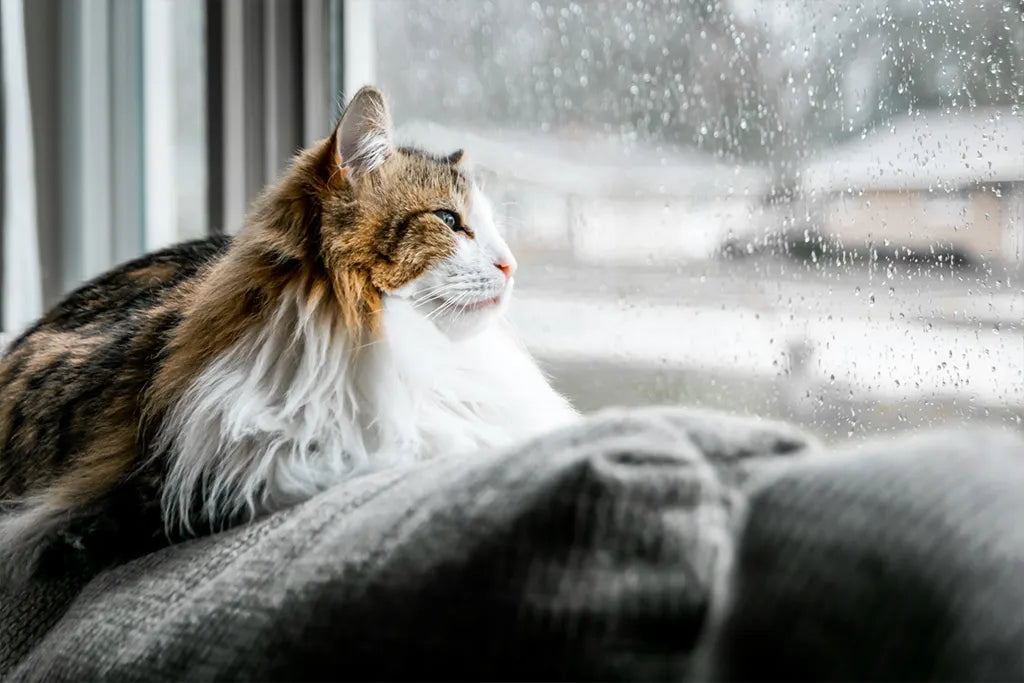
A long-haired cats coat can adjust its length depending on the season. During the summer, it will be shorter due to the heat. A very much lighter summer coat takes its place which protects the cat from over-intensive UV rays and excessive heat. Conversely, their coat will be longer in order to provide them with insulation from the cold weather. The cat's thick, insulating under-layer of hair protects it from the unpleasantness of wet and chilly weather. Because of this, you'll need to adjust how you groom them accordingly. Though good news is, indoor cats usually don't need to adjust their fur as it is normally almost the same temperature when inside the house and weather in Singapore don't have that much significant changes throughout the year.
2. Brush their long hair regularly
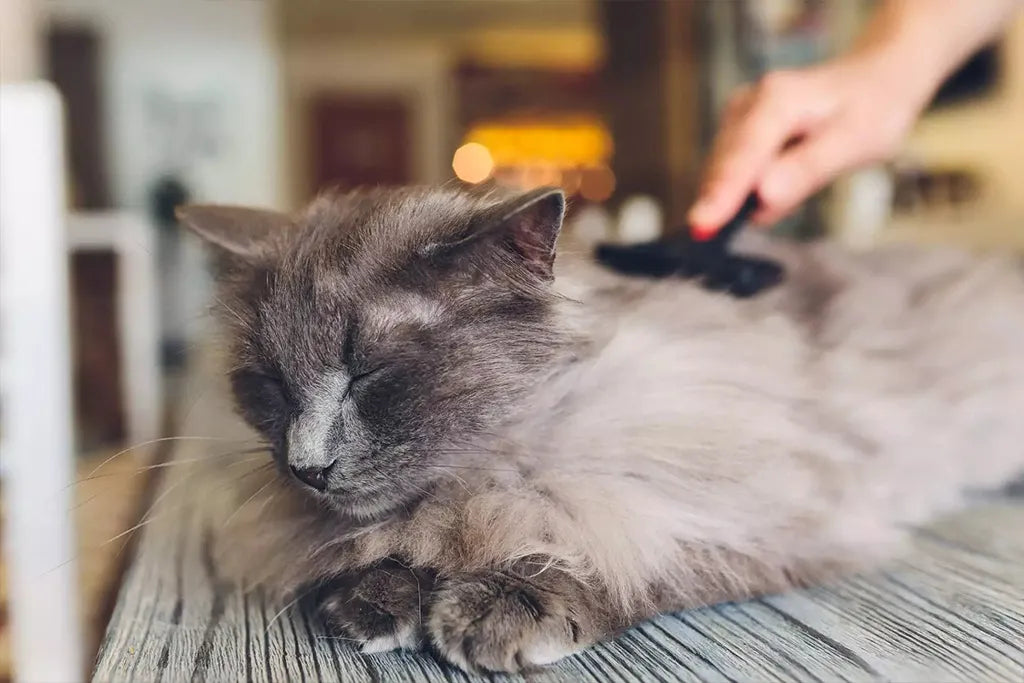
It's important that you brush and comb your long-haired cat regularly in order to prevent mats and tangles from forming in their fur. Do it twice a day if you can but routinely once a day would be great just to avoid those knots to form. Be sure to use a wide-toothed comb and a soft bristled brush in order to avoid hurting them (avoid plastic combs as they create static in the hair). Start at their tail, paws and body, then up to their head. Work at the tips of their fur then slowly go way up to the roots.
3. How to properly remove tangles and mats
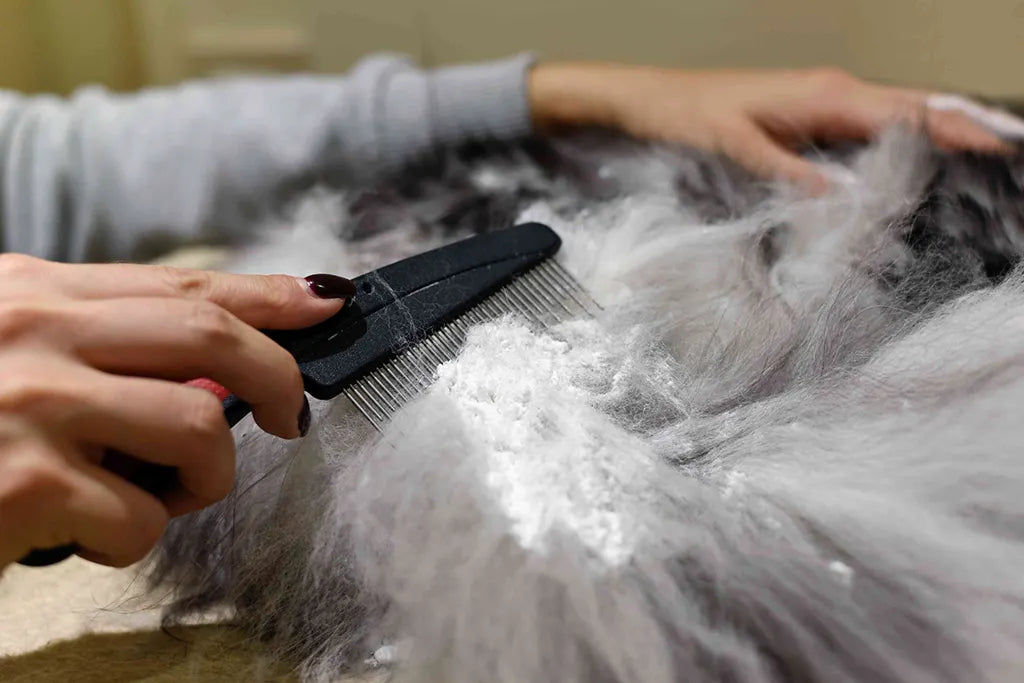
If the mat isn't too big or too tight, begin by separating it with your hands. Then use an oil-based detangling solution to loosen the fur. To remove the smaller tangles, use a metal mat comb for cats. Begin by grasping the hair below the mat near to the skin and carefully sorting out the tangled fur into smaller pieces. Apply slight, quick strokes to reduce pulling of the skin. Also don't ever try to cut out a mat as cats have very sensitive skin, so when mats form around it, it's easy to cut too deeply and form a wound that might need stitching. The wound might also develop into an infection.
4. Start brushing them at an early age
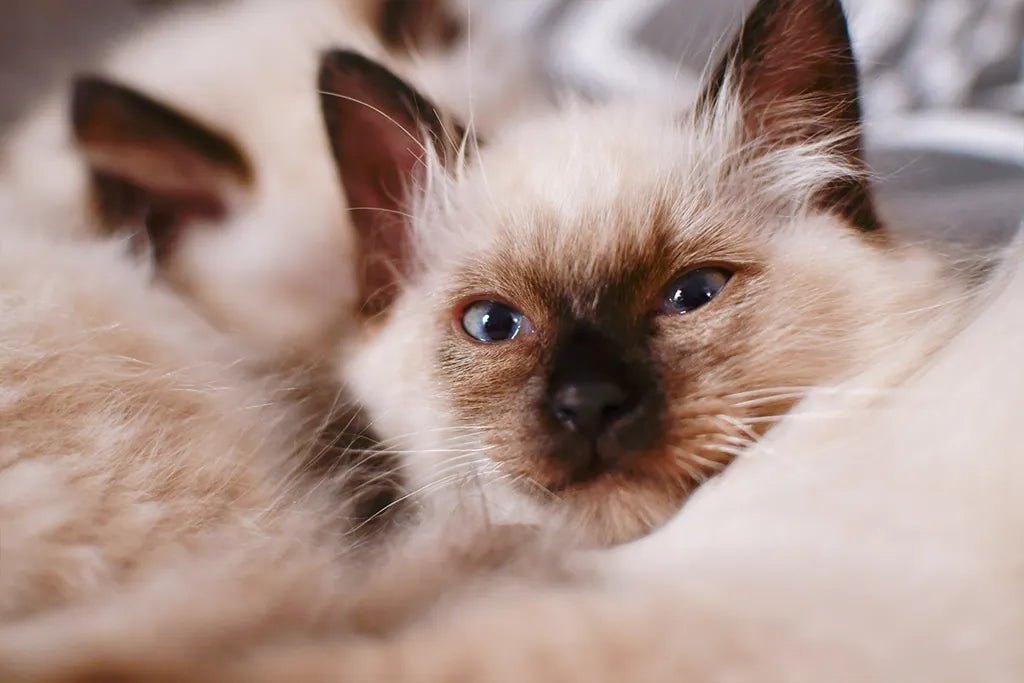
The reason for this is actually quite simple. Start brushing your cat or any grooming routine at the earliest age possible to get them used to it. Otherwise it would be too hard when your cat is already an adult. A change in routine might make them stressed and irritated and might accidentally hurt you. Get them used to the routine so they'll enjoy being brushed by you everyday, as often as possible.
5. Trim their nails regularly
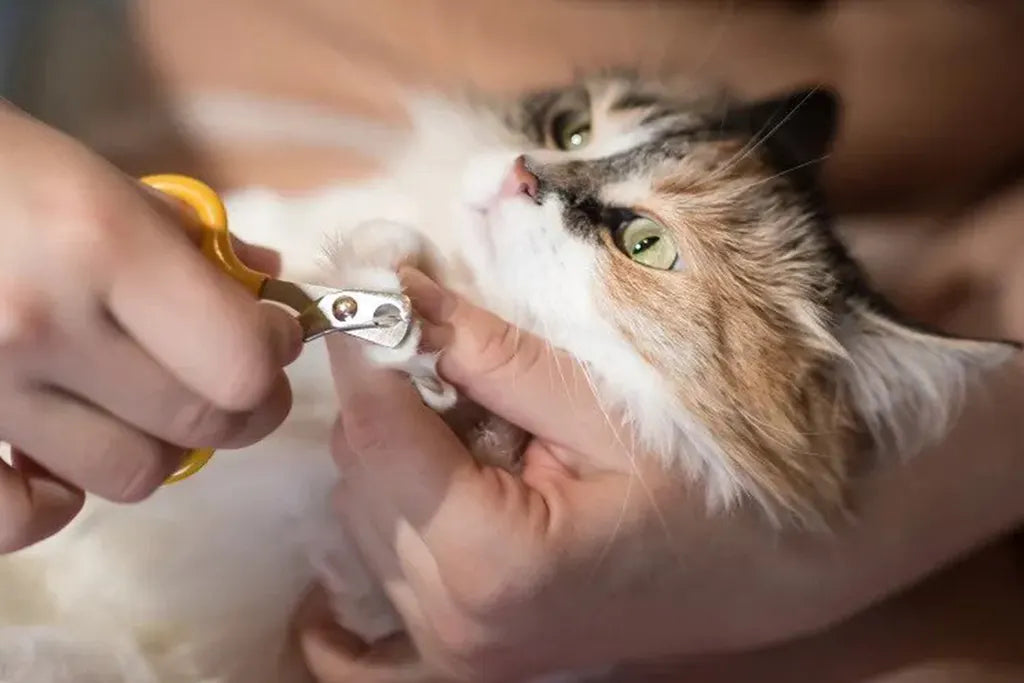
It is important to trim the nails of long-haired cats because it can get caught up on their fur and cause them pain and help prevent them from getting snagged on things and becoming damaged. You can either do this yourself at home or take them to a professional groomer. Trim their nails every few weeks or so using cat nail trimmers. Start by gently pressing on the pad of the nail to extend the claw. Cut straight across the top of the nail, being careful not to cut too close to the quick (the pink part of the nail). If you're having a hard time using a trimmer or too afraid to cut their quick, you can try using SmartpawLite Pet Nail Grinder Trimmer LED Model New Version!
6. Use the right grooming products
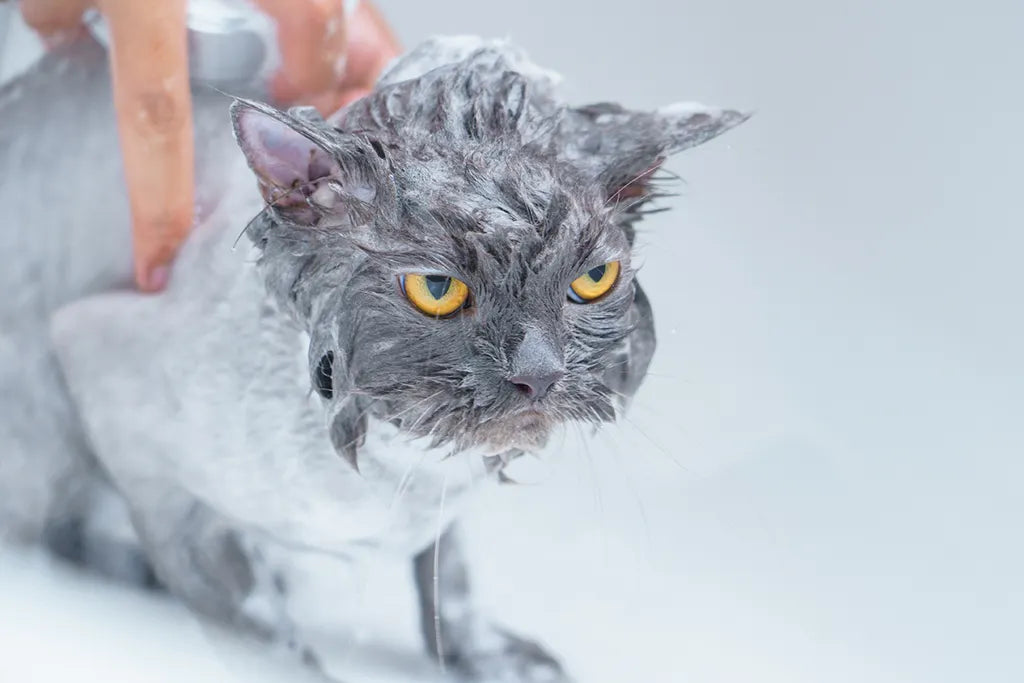
When it comes to taking care of long-haired cats, the right grooming products are essential. Cat's necks are sensitive in exactly the same locations as humans' like behind the ears, under the armpits, on the inside legs and around the bottoms. A dust or a care foam would be useful in treating these regions first. You may also see specialized defelting sprays for particularly tenacious matted areas. Spray on, then carefully dab it away and comb it out. Oils are also great for treating the fur of long-haired cats. Don't forget to also consult your veterinarian for them to recommend the best products specifically for your long-haired cat.
7. Give them a bath only when needed
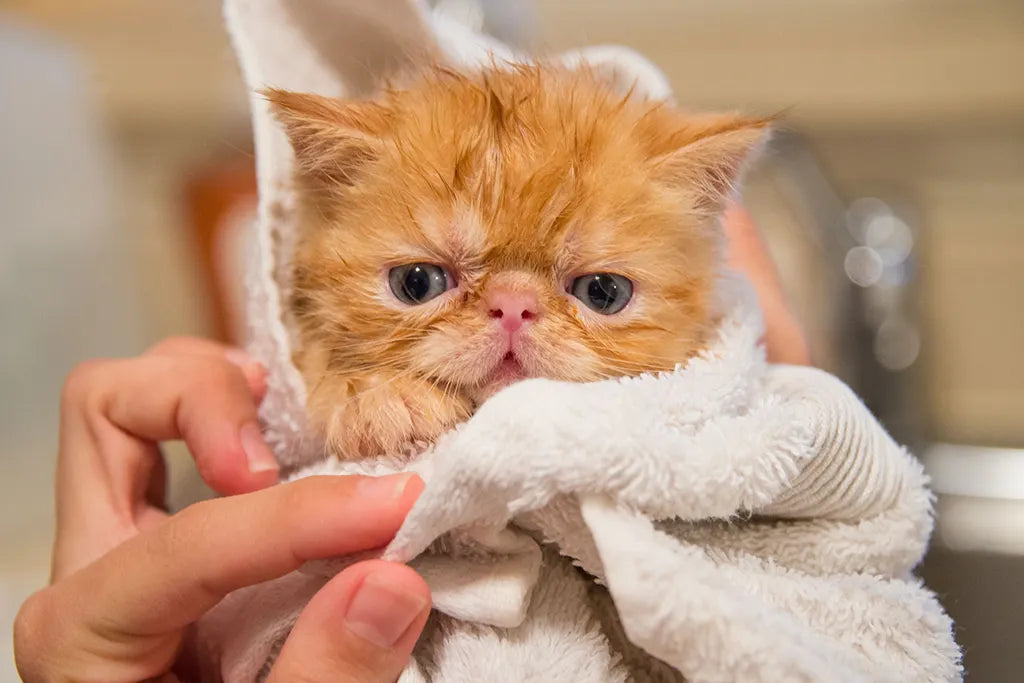
Bathing might be something you consider should be done to long-haired cats often, but like other cats, you must bathe them only when necessary when something caught on to their fur or if they have diarrhea. You don't want to strip the natural oils from their skin and coat. When you do bathe them, use a mild shampoo made specifically for cats. Be sure to rinse all the soap out of their fur. After the bath, use a conditioner made for long-haired cats. Again, be sure to rinse it all out. Gently towel dry your cat (do not rub) and then comb through their fur with a wide-toothed comb to remove any knots or tangles like how you brush them regularly.
8. Only cut their long hair when necessary
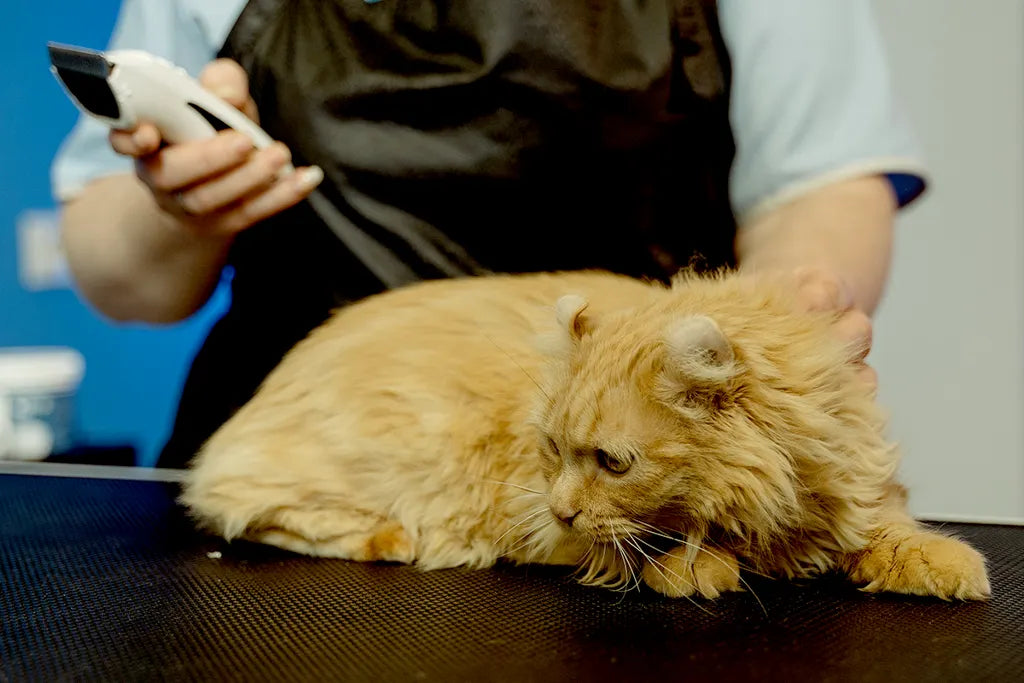
You must not shave or cut your long-haired cats fur as they have their purpose like pointer #1 where it helps them adjust with the weather. Only cut when necessary as you can also accidentally would them which can cause infections as also said earlier on pointer #3. You can cut a bit when you see some knots just about the tips. Shaving or trimming can depend whether they have serious tangles and matting happening which should only be handled by a professional groomer!
9. Give them the right diet for a healthy coat
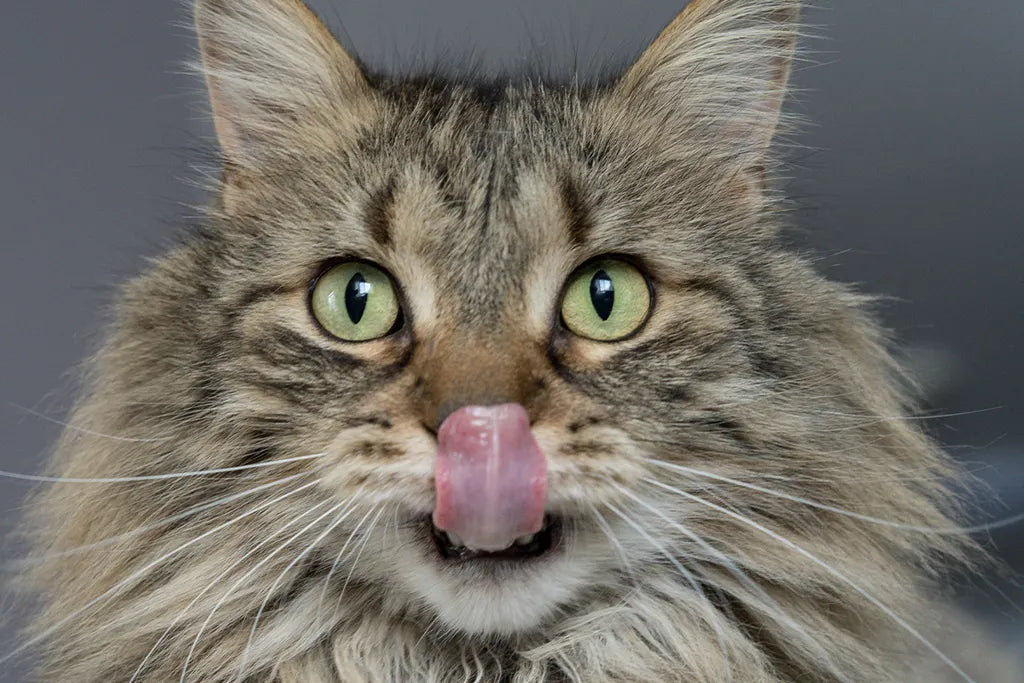
A high-quality, well-balanced diet is essential for all cats, but it’s especially important for those with long hair to keep their hair luscious, beautiful, & healthy. Because cats are meat-eaters, the most crucial aspect of choosing cat food is that it should have a high percentage of readily consumable flesh. Taurine, another component in cat food, is an essential amino acid that cats are unable to synthesize on their own. Cats fed with natural and high-quality diet will have healthier fur. A diet that’s too low in fat or protein can cause your cat’s coat to become dull and dry. Be sure to talk to your veterinarian about the best diet for your long-haired cat!
10. Reward them after every grooming sessions
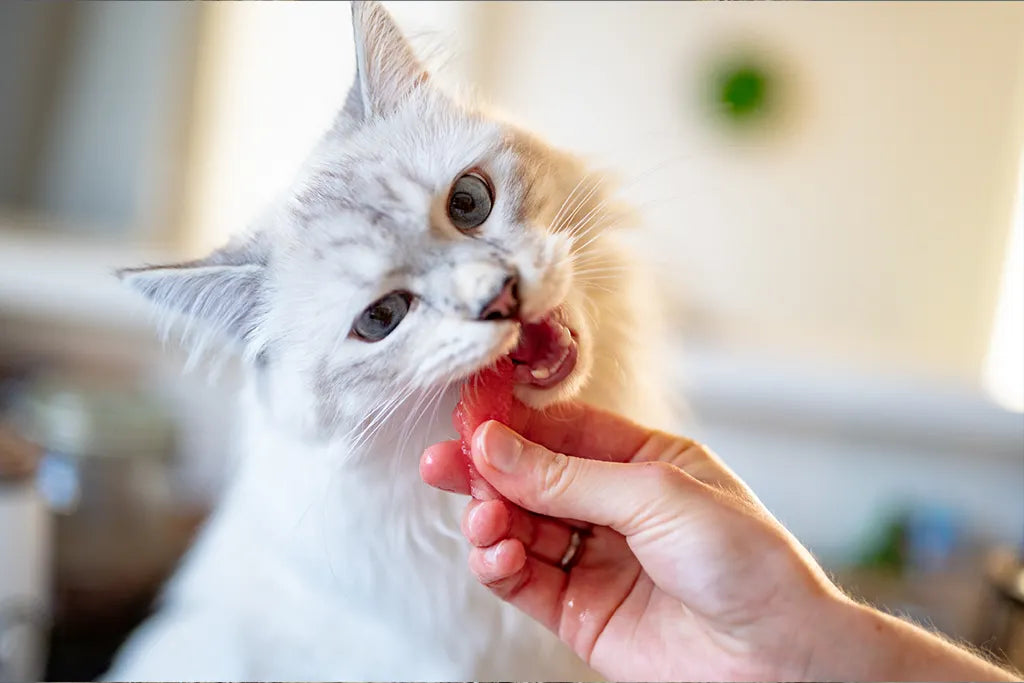
Just like every pet out there, every good behavior must be rewarded if you want them to continue doing it! This can be done with a treat or even with just a few strokes with a brush or sweet kind words! This will let them know that they're doing a good job and encourage them to keep cooperating with you.
Conclusion
Taking care of a long-haired cat can be a bit of work, but it's worth it to see your precious kitty looking and feeling their best. With a little patience, right knowledge, and the right tools, you can keep their coat healthy and tangle-free! Help them live life to the fullest everyday!
Share this with your fellow long-haired cat owners and you can also leave a comment down below about your experiences with your long-haired kitty, we would also love to read them!
Sign up to our newsletter down below & follow us on Instagram @sgsmartpaw to stay up to date with our weekly blog articles!

Rose Hazel San Diego
Hazel loves pets & she has owned cats, dogs, & even hedgehogs! She also fosters cats & dogs in need around her area. With her social media & copywriting background, she gladly shares her knowledge of pets through these articles!
Most Recent Articles

Are Your Windows & Balconies Safe? Protecting Pets from the Rising High-Rise Risks in Singapore
Since 1 September 2024, Singapore’s pet-safety landscape has changed — and not just a little. With more pawrents living in HDB flats and condos, our pets share our stunning city views… but also the...

5 Pet-Friendly Halloween Events in Singapore to Celebrate with Your Furry Friends
Halloween isn’t just for humans anymore — it’s going paws up in Singapore! From spooky pet cruises and café pawties to open-air markets and costume contests, this year’s Halloween lineup is packed ...
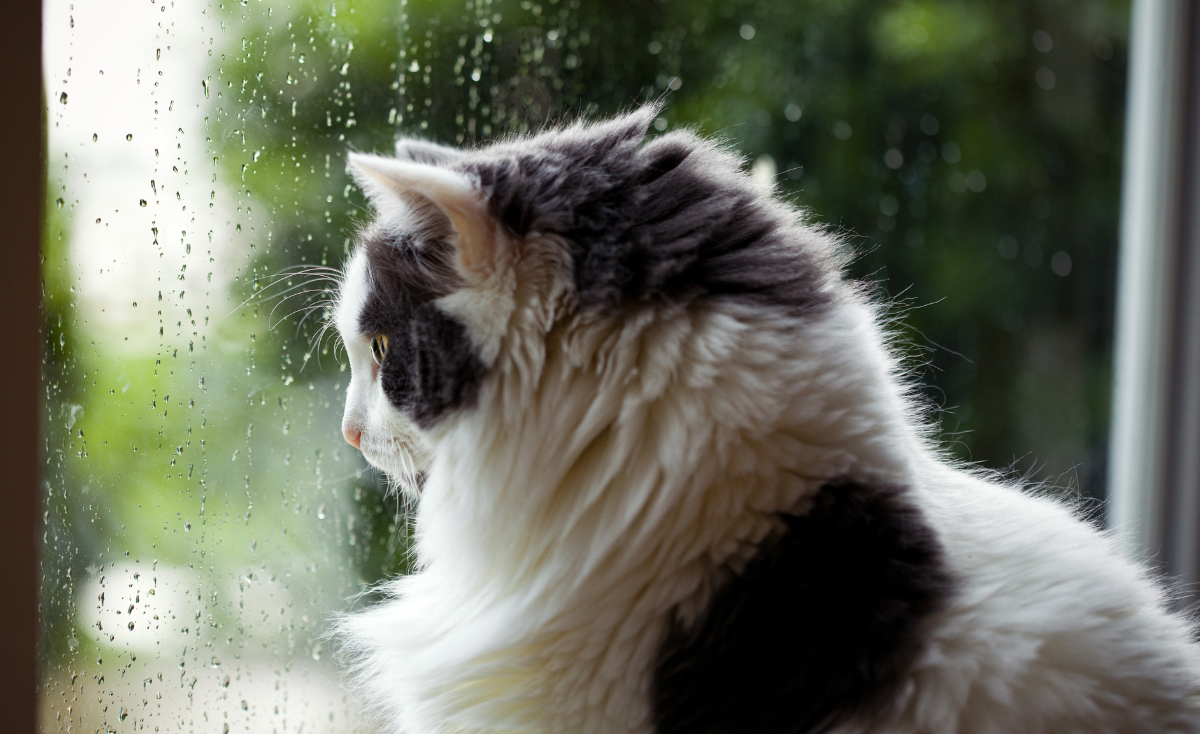
5 Ways to Protect Your Pet from Singapore’s Humidity This Rainy Season
Singapore’s rainy season is here — and while we’re enjoying the cool, cozy weather, our pets are quietly battling the sticky side of humidity. From itchy skin and smelly fur to ear infections and h...












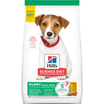


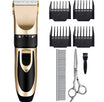


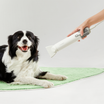


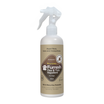
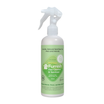
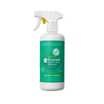
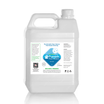
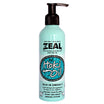


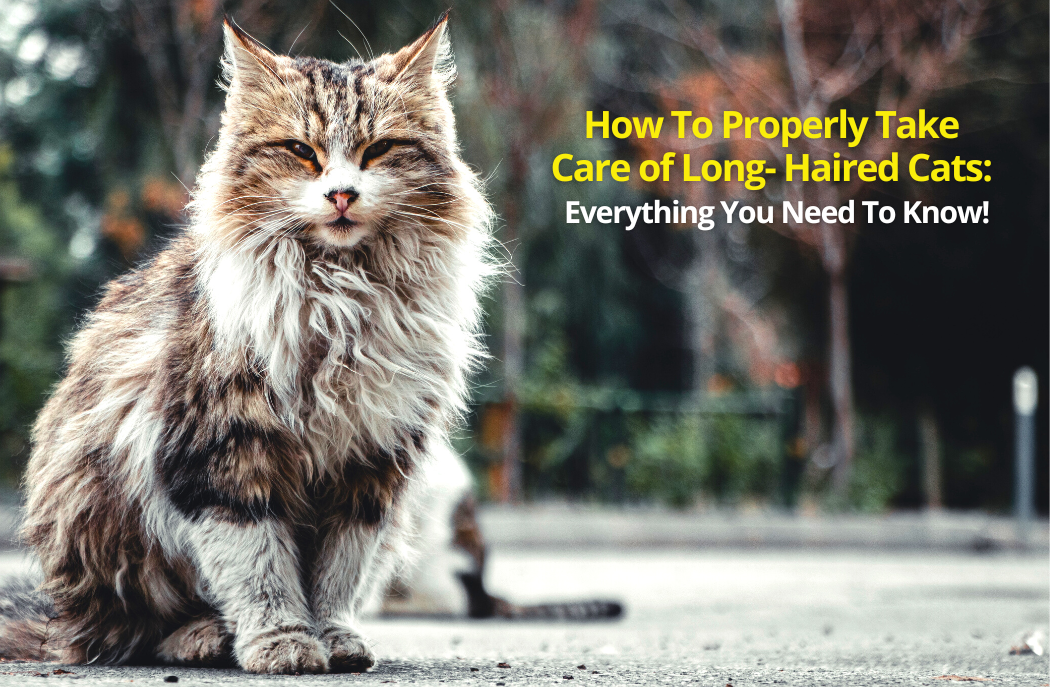
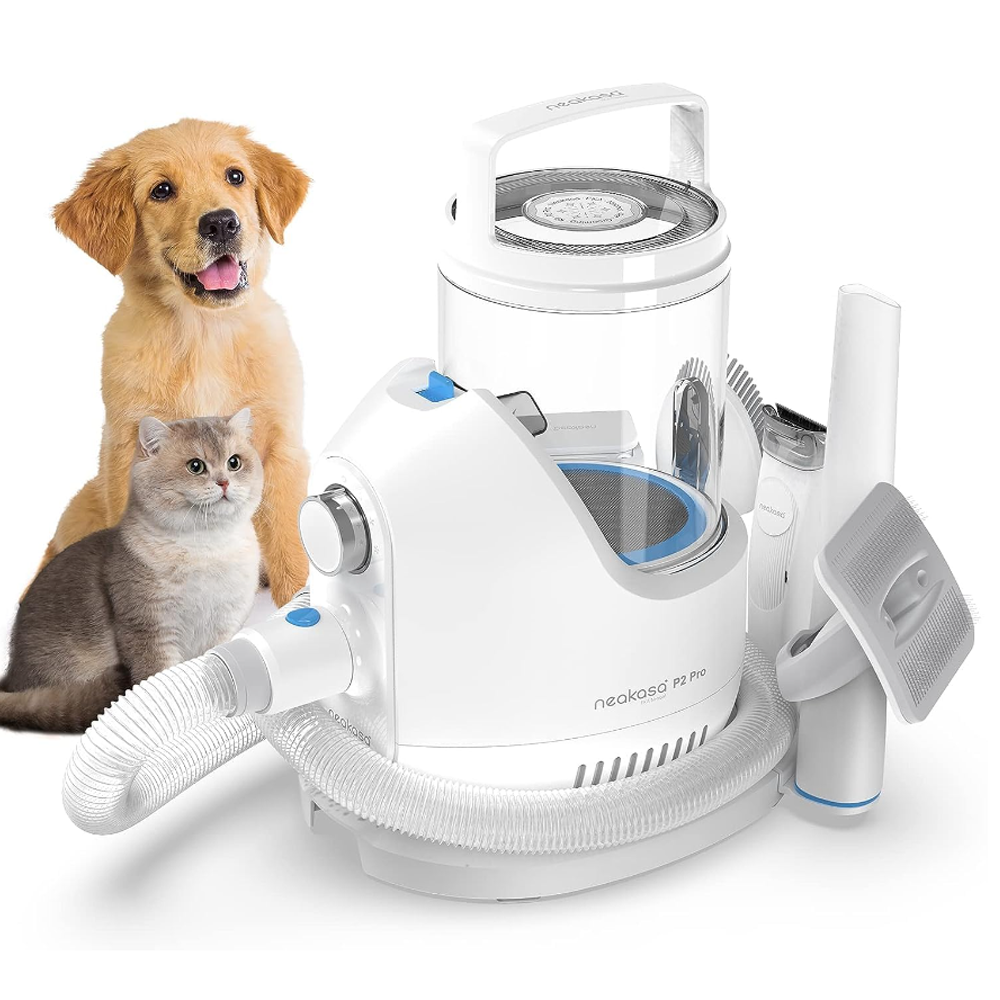
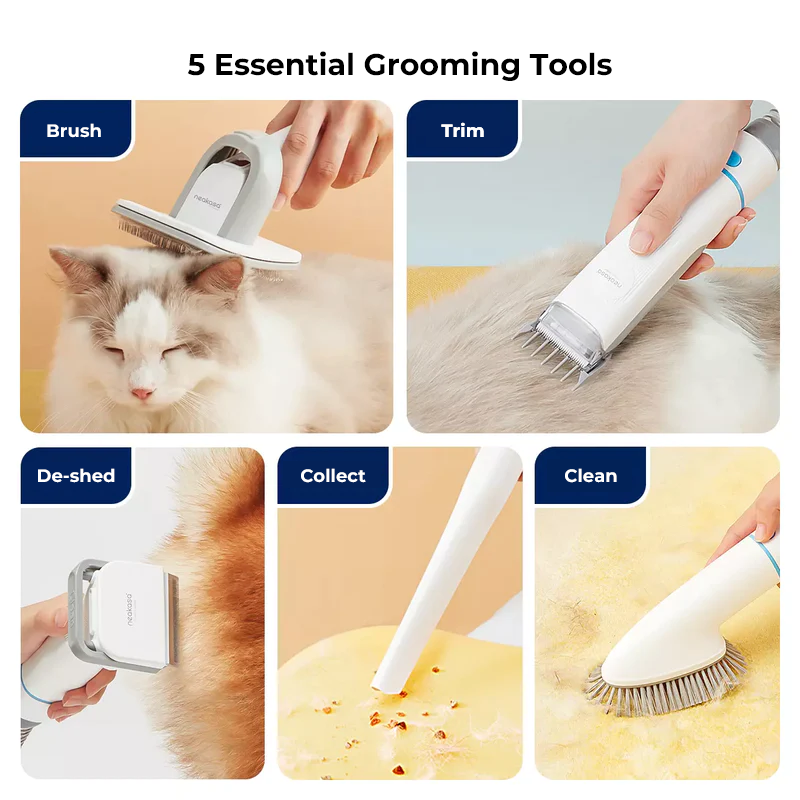
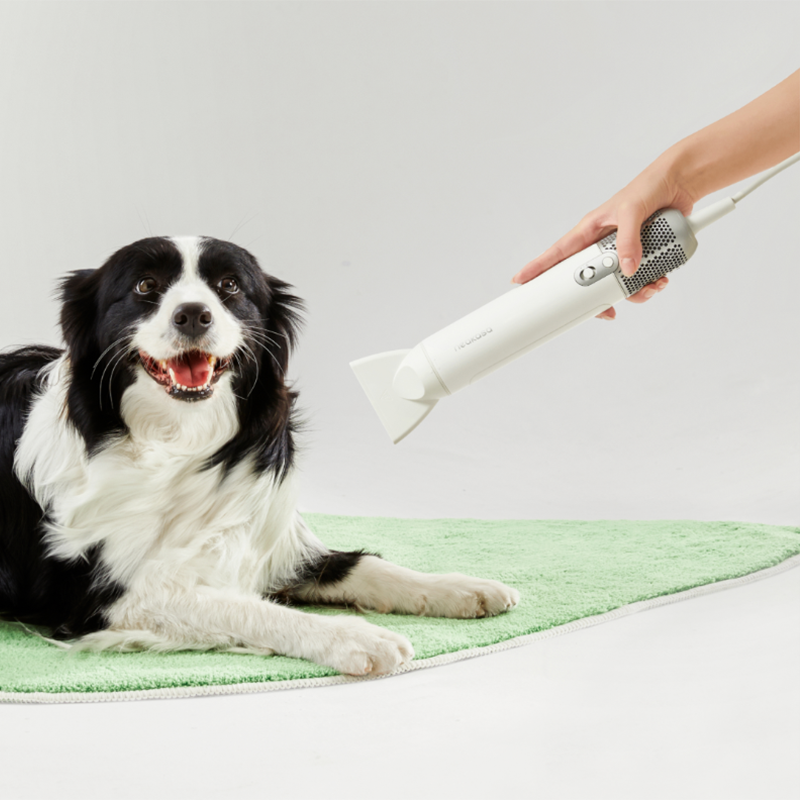
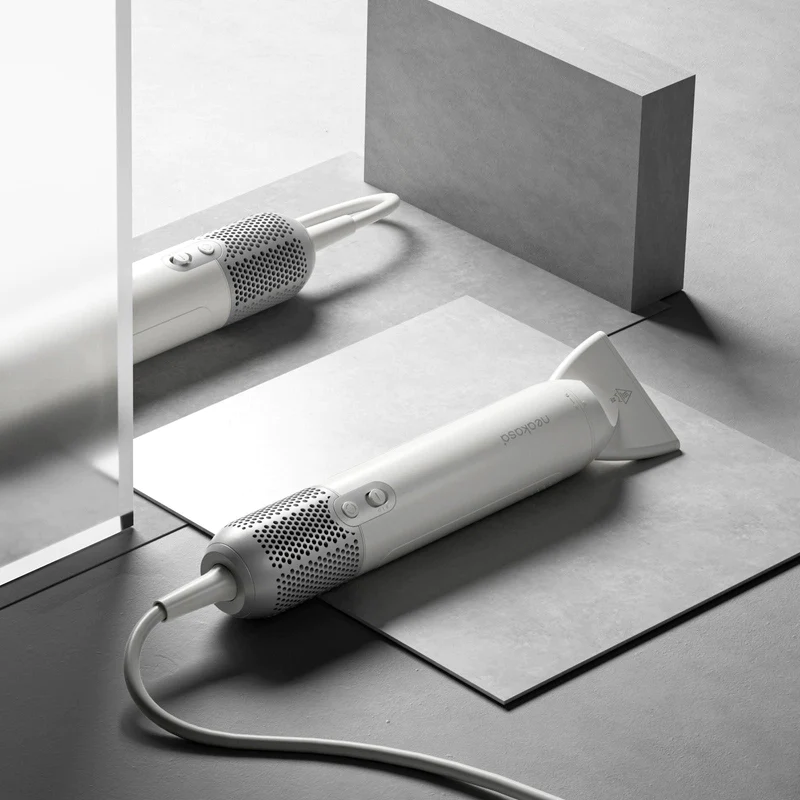

















Leave a comment
All comments are moderated before being published.
This site is protected by hCaptcha and the hCaptcha Privacy Policy and Terms of Service apply.